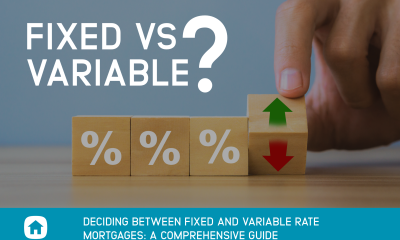TORONTO — When Robyn McLean heads to the grocery store, she often finds her favourite crackers come with a $8 price tag. The breads and cereals she buys aren’t any cheaper.
The products owe their steep cost to the fact that they’re gluten-free. McLean, a Vancouver-based environmental industry worker, has had no choice but to buy items like them since she was diagnosed with celiac disease.
The digestive disorder has forced her, along with an estimated one per cent of Canadians with celiac, to cut gluten completely from her diet — a change that comes with hefty grocery and restaurant bills.
“I’d say breads, crackers and cereals are about $4, maybe even $5 (more), than the average person is spending,” McLean said. “It does add up pretty quickly.”
The average food expenditure was $1,105 per month for Canadian households affected by celiac disease, in comparison to $842 per month for the comparable average Canadian household, a 2013 paper from Canadian researchers revealed. That’s a premium of more than 30 per cent.
After her diagnosis 15 years ago, McLean was determined to find ways to save and eventually founded a now-defunct blog with her sister to share their tips and experiences with the gluten-free community.
Chief among them was taking advantage of a federal tax credit that allows Canadians to claim the difference between gluten and gluten-free food, if you have celiac disease.
The provision requires a doctor’s note and won’t earn you big bucks back, but every little bit helps, said McLean.
“You basically do a spreadsheet with all the different categories like your breads, or your pasta or your baked goods, or maybe your cake mix or whatever it is, and then you look at what a regular cost would be versus how much you’re spending in addition,” said McLean, who reckons gluten-free options cost her $2,000 more than regular options every year.
“I think it only ever gives me $40 back, so it’s not much, but I still claim it because… it’s a recognition that gluten-free foods are more expensive.”
To tackle the higher costs, she also recommends paying close attention to prices and bulking up when gluten-free items land on sale.
For example, those $8 crackers she loves rarely drop in price, but occasionally she sees them advertised for $1 or $2 less and usually loads up then.
Aside from visiting stores to track sales, browsing grocery flyers that arrive with your local newspaper or checking out supermarket flyers can be an easy way to spot such deals.
Buying in bulk at places like Costco or making use of seasonal ingredients and sales helps too, she said.
McLean has also heard of celiacs trawling Amazon to find gluten-free products they know and love selling for cheaper than at grocery stores.
Such online retailers, she said, can be a big help for celiacs living in remote areas or Canada’s north, where prices can be much more exorbitant than in other provinces.
When McLean ran her website, she encouraged people to look out for coupons, including some from an online resource called the Healthy Shopper, which catered to organic and other healthy foods, many of which are celiac-friendly.
Online communities can also be a quick and easy way to share good deals and pick up other tips from people trying to save on gluten. Most major cities have Facebook groups that can easily be found by searching your city’s name and gluten-free or celiac.
A quick peek at a few shows people swapping coupons, alerting others to sales and recommending new brands with cheaper price tags.
“You just have to look out for those little ways to save,” said McLean.
This report by The Canadian Press was first published Jan. 21, 2020.
Tara Deschamps, The Canadian Press

 Buying a Home5 years ago
Buying a Home5 years ago
 Credit6 years ago
Credit6 years ago
 Business4 years ago
Business4 years ago
 5 Mortgage Secrets7 years ago
5 Mortgage Secrets7 years ago
 Buying a Home6 years ago
Buying a Home6 years ago
 5 Mortgage Secrets6 years ago
5 Mortgage Secrets6 years ago
 News12 months ago
News12 months ago
 Business4 years ago
Business4 years ago




